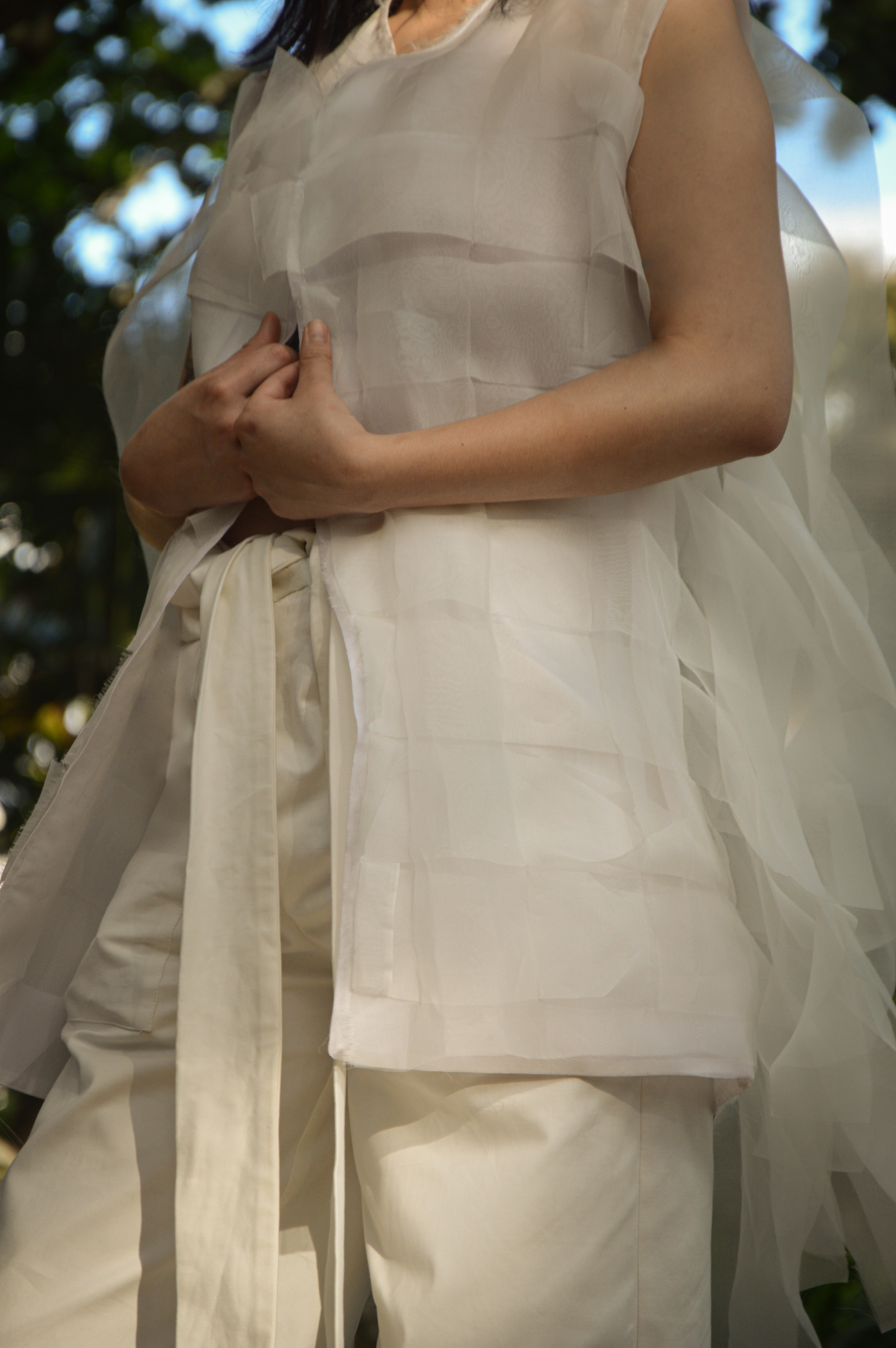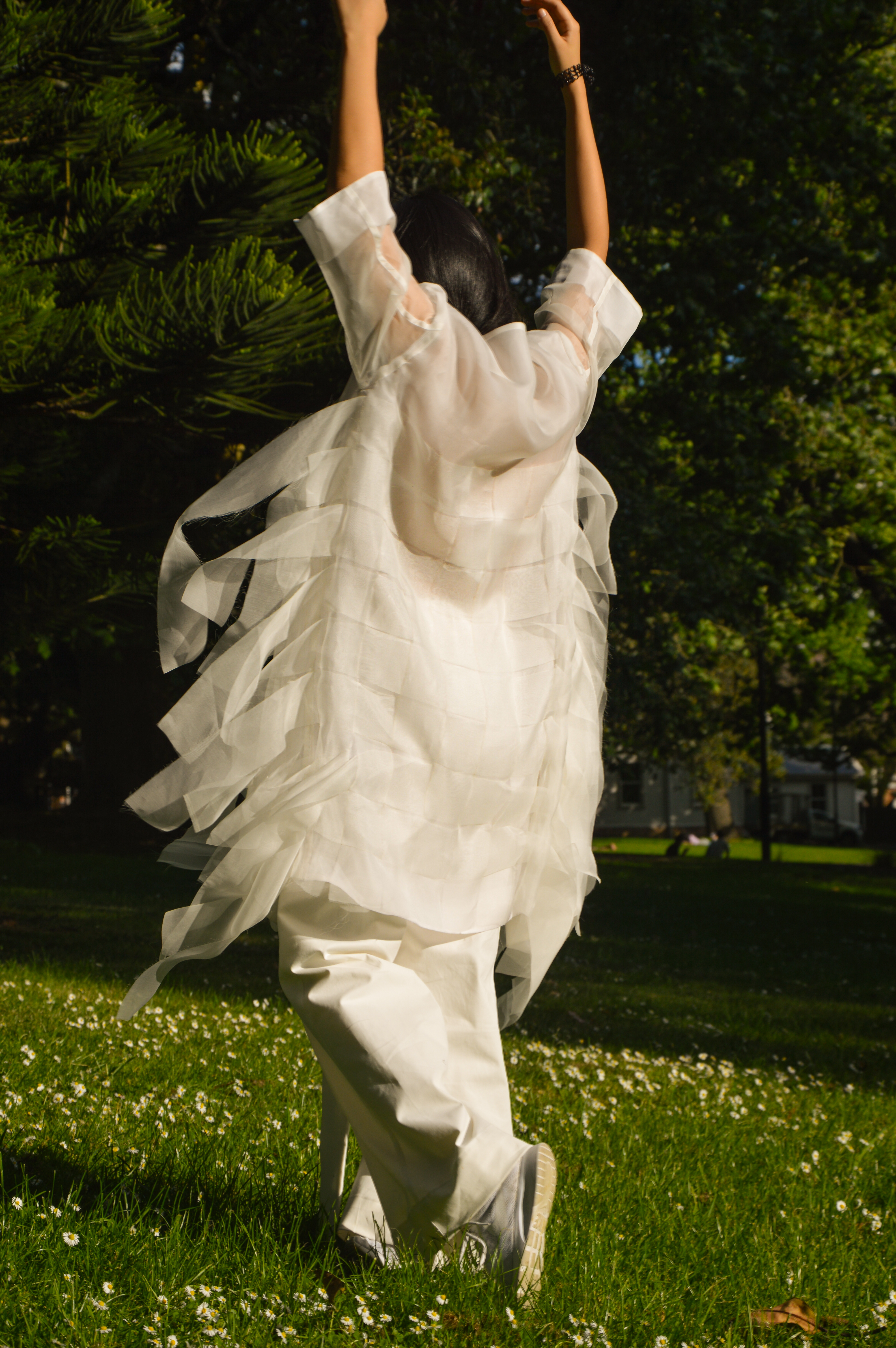
A collection developed from my self-exploration of my culture.
Unravelling the story behind the traditional garments of my culture and reinventing them with contemporary elements through my own interpretation, communicating to others that the clothes we wear tell stories of our culture and heritage.
I was born and raised in the Philippines therefore I wanted to portray a country rich in culture and tradition, initially through colourful visuals. But as a young Filipino woman here in New Zealand, it struck me there are still a lot of us who aren’t aware of the history of common traditional garments and why we're wearing it. While I delved deeper into my concept, our tradition and history, I came to understand that beyond the extravagant, fun background filled with different traditional clothing that Filipinos are known for, there is depth to our way of wearing clothes. To portray the depth of culture and history, my concept and design matured which developed my garments into a contemporary, relevant fashion collection.
Inspired by our national traditional clothing, the elegant " Barong Tagalog ", a simple, unassuming garment that is made from delicate piña fabric often worn on special occasions, it is incredibly rich with history and pride. I discovered the story behind the use of transparency from the piña fabric, people were required to wear transparent garments without pockets and no tucks to prevent thievery and concealed weapons. It was also to differentiate from the rich and ruling class. This underrated traditional garment has evolved over time, from colonisation into being a symbol of preservation. I referenced the transparency as a reminder of oppression and restriction that over time became a badge of pride and resilience. A rebellious nod to the pre-colonial dress of showing the body, our skin, through garments. I portrayed this through an elegant, relaxed but playful look using off-white organza fabric.
Weaving defines the culture and behaviour of indigenous people but commercialisation has affected the traditional art in the Philippines. This resulted in the decline of the practice of weaving by the local craftsmen. Most importantly, most of our traditional garments are woven such as the Barong Tagalog, therefore I incorporated weaving into my design. Placing traditional hand weaving techniques into a contemporary fashion collection has allowed me to reconnect with my culture. The action of weaving became an expression of the unravelling of traditions, restrictions, and redefining them for today.




